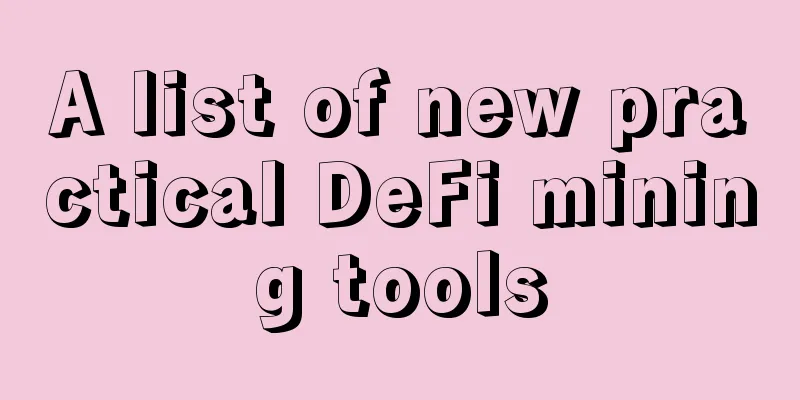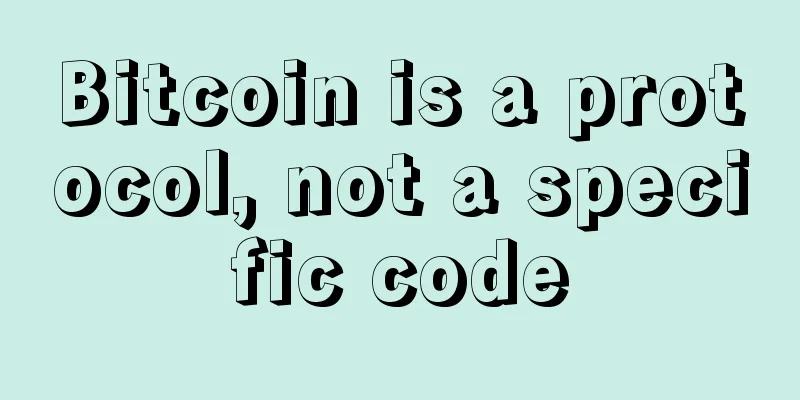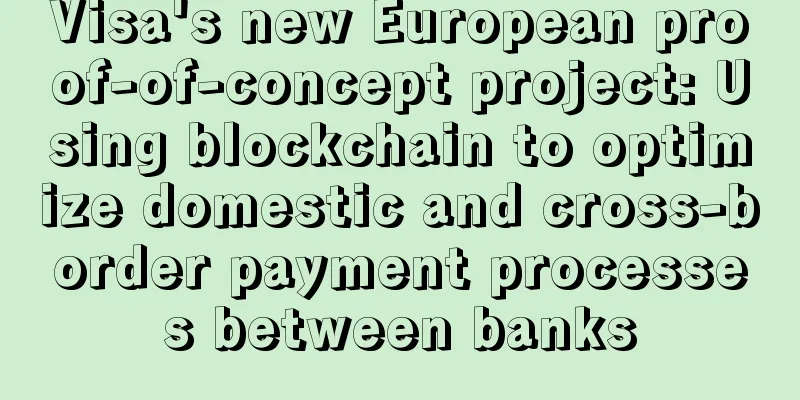A list of new practical DeFi mining tools

|
The update and iteration of "farm tools" means that the decentralized mining ecosystem is still expanding. Since the second quarter, despite the weak performance of the secondary market, many data still show that the popularity of DeFi continues. In the past month, the total locked amount of DeFi protocols has rebounded compared to the previous period. (Data source: Debank) By observing the DeFi participants who created these data, we can find an interesting phenomenon: the "farm tools" in the hands of "farmers" have long been updated and the discussion of the topic of "farming" is picking up again. It has been a year since Compuond started liquidity mining in June last year. In the past year or so, decentralized staking mining has shown a completely different side from previous centralized staking mining such as "staking mining", " game mining", "video mining", and "transaction mining", and eventually became an important part of the DeFi explosion. The update and iteration of "farm tools" means that the decentralized mining ecosystem is still expanding. When deeply involved in the DeFi field, new farming "farm tools" can often be a good help. Since the fourth quarter of last year, tools with their own characteristics have appeared and been used one after another, and some more intelligent tools have appeared in recent months. Both DeFi participants and professional investors have generated newer demands for DeFi mining. As the speed of tool replacement accelerates, on the one hand, it shows the deeper trading needs of DeFi investors; on the other hand, the DeFi ecosystem is also undergoing changes, moving towards specialization, and at the same time, it also has higher requirements for developers and investors. Blocklike has compiled some practical mining tools for current DeFi participants from the perspectives of on-chain analysis, data simulation, APY query, block query, integrated platform, and visual browser for analysis. These tools have become a platform that is frequently used by current DeFi participants and have been discussed and recognized by a large number of investors in the crypto community: Cryptofees:The transaction fee data tracking and statistics platform Cryptofees.info analyzes transaction fees, interest and other fees on Ethereum, BSC Smart Chain and Matic chain, and provides users with functions such as actual transaction fee query, time backtracking, comparison and API interface services. apesafe.io
The platform can provide a comparison of smart contract codes. Users can enter a new contract address to compare it with the selected popular contract, and can provide reference from aspects such as code components, management logic, and exchange logic. duneanalytics.comDuneAnalytics is a data tracking and analysis tool for Ethereum smart contracts, and is also one of the most commonly used reference tools. duneanalytics.com can query, extract, and visualize data on the Ethereum blockchain. Through DuneAnalytics' SQL query, you can get the same experience as a normal database, and you don't need to run an ETH node or understand concepts such as RPC API. At the same time, many hot data queries made by users can be used directly, which greatly reduces the threshold for users to obtain data analysis. pools.fyiThis is a platform for tracking liquidity pools, where you can view investment returns, token weights, transaction information, etc. The main observation platforms include Curve , Uniswap , Sushiswap , Balancer , Bancor , etc. defi-lab.xyzThe website provides a simulated trading function for Uniswap V3. By entering different price ranges and fees in the page, you can simulate the returns and uncompensated losses of LP liquidity. Since the V3 version of Uniswap has added price range settings, it is difficult for users to grasp the range of fees. The platform can meet this demand well and provide a reference. tokenterminal.com Terminal Token analyzes cryptocurrencies from the perspective of traditional financial and business indicators and applies these indicators to blockchain. It contains almost all the indicator information for observing Tokens from an investment perspective, including revenue, valuation P/S, trading volume, etc., as well as horizontal comparison information and icons of different projects. Because the platform provides extremely refined data, the number of monthly active users in the public data exceeds 10,000. defiscan.ioDefiScan is a tool that can instantly obtain a snapshot of any DeFi product portfolio by simply searching for 0x addresses or ENS domain names, without the need for Web3 embedding. Currently, it mainly targets Compound , Uniswap, and SpankChain related data. Apr666.comAPR666 mainly provides an intuitive comparison of the APY returns of DeFi projects in five ecosystems: Ethereum, Binance Smart Chain, Polygon, Huobi HECO, and OKExChain, including interest comparison, yield, LP pool and other data. kingdata.comKingData monitors data such as ETH, BSC, HECO and OKExChain in real time, queries and compares DeFi APY returns, and can also observe exchange fund flow data, allowing users to choose the DeFi project with the highest APY through the platform. ethgasstation.infoEth Gas Station provides a ranking of the gas consumption of a single on-chain contract in the past 30 days on its homepage, helping users evaluate the successful transfer time of Ethereum on-chain transactions and the recommended gas fees. Through the gas consumption list, you can find emerging or popular on-chain smart contracts, as well as specific gas consumption, average gas price of a single contract and other data. In addition, ETH Gas Station is also the main source of reference for "recommended gas prices" in the industry. TxStreetTxStreet This webpage currently supports block data query for Bitcoin, Ethereum, BCH , etc. The most interesting feature of this platform is its visual block browser, where blocks are compared to buses and each transaction is compared to a cartoon character, showing the block packaging process in such an interesting and intuitive visual way. New tools, new trendsThrough these tools, investors can often participate in liquidity mining more professionally. In some community discussions, "farm tool replacement" has also become a signal of the recovery of DeFi mining. Interestingly, while these tools are recognized and recommended by the community, decentralized mining is continuing this positive trend through GameFi, NFT -Fi, etc. According to a data from Coingecko, the sectors that have rebounded in recent times mainly include DeFi and NFT tracks. In addition to the big theme of liquidity mining, new decentralized mining models such as game mining and social mining have begun to show momentum recently, which also shows signs of recovery in the market. On the other hand, in the overall market environment, the community has new expectations for the DeFi market. In August, the Ethereum mainnet ushered in the long-awaited London upgrade. EIP-1559 will change the previous bidding-priority packaging fee model and set fees through algorithms to reduce gas fees. The new fee model consists of basic fees and tips. Every time a transaction occurs, the ETH part of the basic fee will be destroyed, which will benefit Ethereum miners, DeFi, NFT, etc., and also bring broader growth space to the DeFi protocols on the chain. At the same time, the high-quality projects in the Layer2 track have also eased the problem of Ethereum being restricted by throughput limitations. This will also become the core foundation for the next growth of DeFi. The new infrastructure has also made investors begin to re-examine the various possibilities of "liquidity mining". In addition, some analysts believe that the new traffic brought by the Meme concept is also being transmitted to the DeFi field. ShibaSwap, a DeFi platform derived from SHIB, is a good example. 24 hours after the launch of the platform, the total locked value quickly exceeded 1 billion US dollars. After the large number of users brought by the spread of Meme, it is possible to directly enter the DeFi field. This growth rate is also very likely to make the number of participants quickly exceed some old DeFi products. In terms of data, with the rebound of the total locked value (TVL) on the chain that has been declining for many consecutive days, the TVL of the mainstream public chain in the market has formed a small turning point on June 26. As of the end of June, the total locked value of DeFi reached 117.6 billion US dollars. In the past half month, this value has rebounded by more than 10%. In any case, at this stage, the slow inflow of funds is undoubtedly good news for the development of the DeFi ecosystem. |
>>: Why do we need Polkadot? What is Polkadot's cross-chain network effect?
Recommend
Are men with moles on their lips very fickle?
The meanings of moles in different positions are ...
Ethereum EIP-1559 proposal dispute: Opponents have more than 60% computing power, which is not the best solution
Text | Peter Edited by | Tong Produced by | PANew...
Ethereum "Berlin" upgrade overview: launched on April 10, including four EIPs
Following the "Muir Glacier" upgrade, t...
What does a mole on the back of the hand mean? Are people with moles on their wrists capable?
Moles are very familiar to people. Moles in diffe...
Andreas Antonopoulos: Satoshi Nakamoto's two-layer protection design is a genius work that can prevent quantum computing destruction
Andreas Antonopoulos is a well-known speaker and ...
Do people with thick eyebrows and full eye bags value relationships?
Nowadays, people like to immerse themselves in th...
Eyebrows can tell a person's marriage. Do people with hanging needle lines have unhappy marriages?
An unhappy marriage is undoubtedly something that...
Fingernails predict your destiny
Fingernails predict your destiny It is well known...
Coincheck removes three cryptocurrencies from its listings to stop money laundering by hackers
According to the Japan Times, crypto exchange Coi...
What kind of palm lines can bring wealth?
It is not the case that you can save as much mone...
Analysis: Musk's mention of crypto assets on Twitter has a significant impact on market prices and trading volumes
Research shows that Tesla and SpaceX CEO Elon Mus...
Fed official Andolfatto: Bitcoin payment network and central bank business
The original author, David Andolfatto, is the vic...
These changes in your facial features indicate a decline in your financial luck
These changes in your facial features indicate a ...
If Ethereum switches to POS, does ETC have a chance?
Text | A Fat Cat, Guo Yuzhi As the second largest...
How to distinguish between MLM coins and Ponzi schemes in the cryptocurrency circle?
In recent years, the world's attitude towards...









